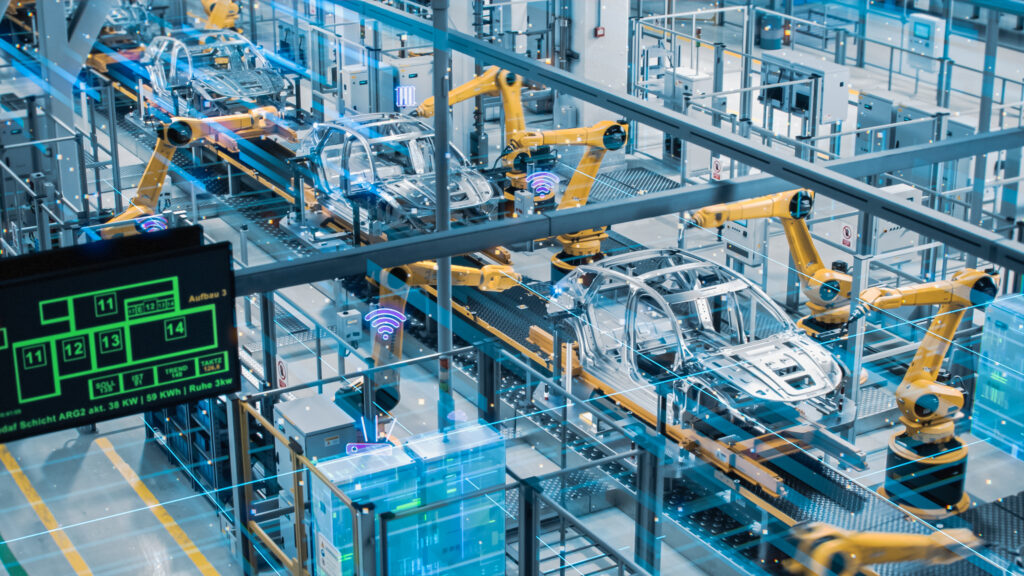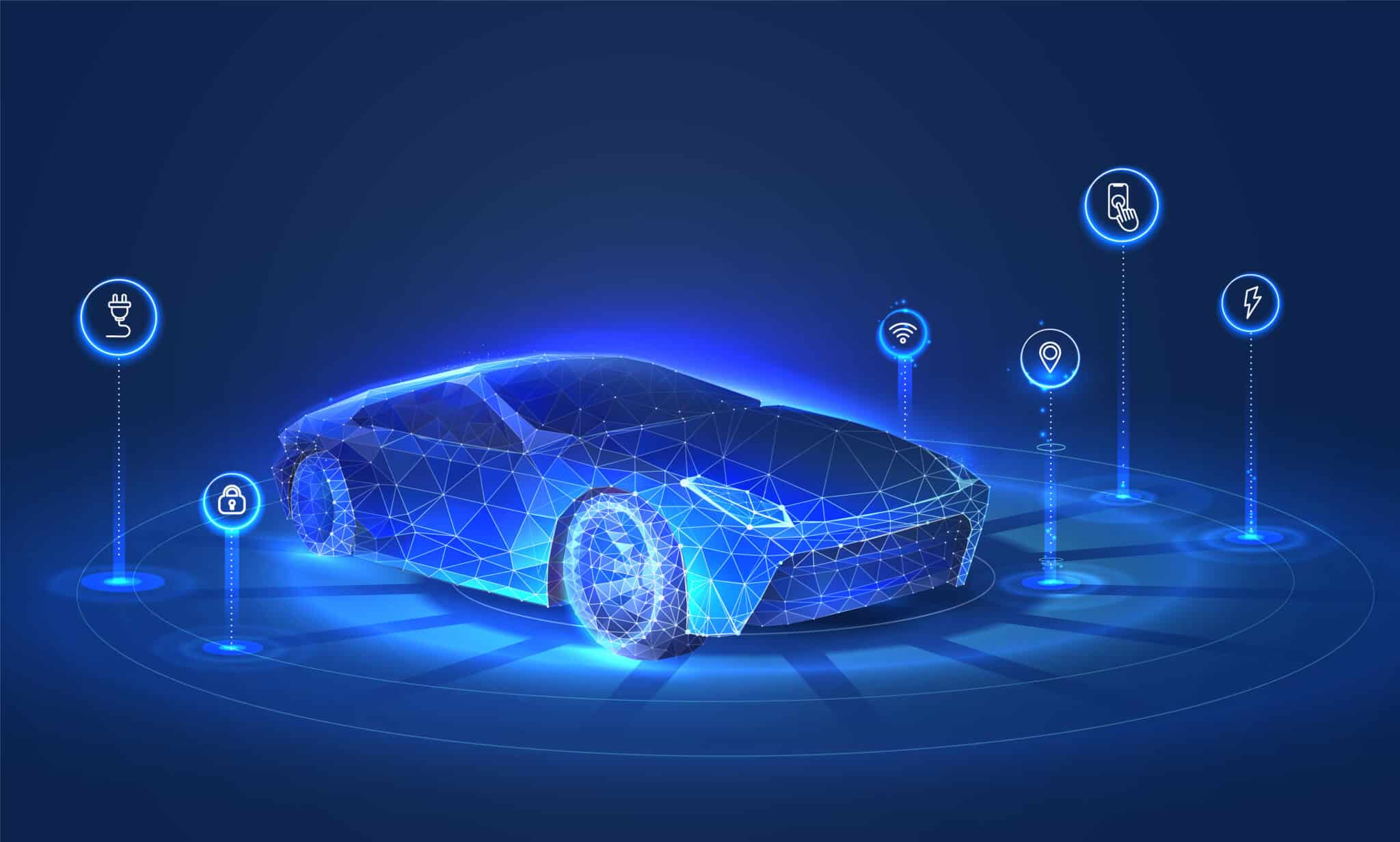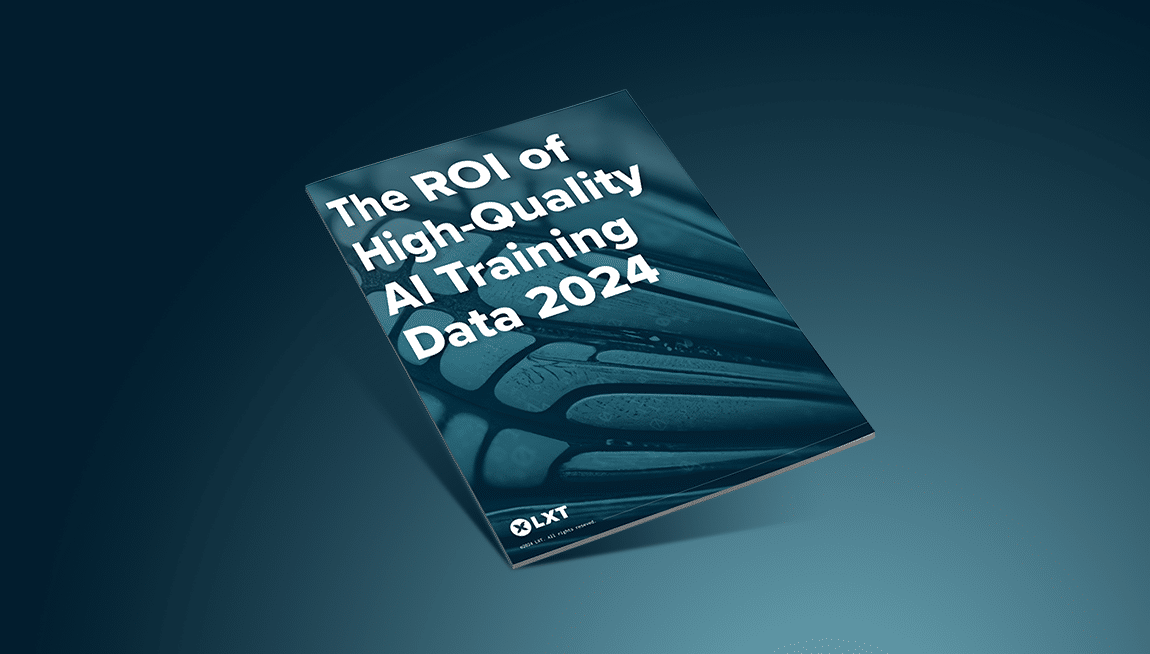With the Generative AI for Automotive event in Munich having just concluded, we thought we would take a broad look at how AI and its powerful counterpart, generative AI, are transforming the automotive industry. From revolutionizing car design to enhancing the in-car experience, generative AI is shaping the future of this important global industry. However, these advancements are only as powerful as the data that fuels them, so we also review what is required to make these solutions possible.
Designing the future of manufacturing, cars and autonomous vehicles
Generative AI is playing a pivotal role in shaping the future across the manufacturing industry, with a particularly important role in the automotive space, both for cars in current model years as well as future autonomous vehicles yet to be invented. Here is how AI is driving innovation:
AI-powered design + engineering
Generative AI accelerates car design and engineering through the development of algorithms and large language model-powered (LLM) applications that automate complex calculations and propose optimized solutions. Manufacturers can now test multiple configurations in a mere fraction of the time, reducing costs and increasing efficiency. One of the exciting applications of this is known as digital twins, where a virtual replica is used to optimize the real-world product before it is put into production and onto roads.
Manufacturing + quality control
Computer vision and robotics have optimized the manufacturing process and quality control on production lines, while automated inspection systems powered by AI detect defects faster than human inspectors, leading to higher efficiency and reduced waste. AI also predicts when complex machinery needs maintenance and proactively schedules it before there are problems, keeping production facilities online and preventing costly downtime and delays.

Efficiency + sustainability
AI is also helping automakers reduce their carbon footprint by optimizing energy usage and minimizing material waste. Generative AI can design lightweight yet strong materials, lowering emissions by improving fuel efficiency. Additionally, AI-powered battery management systems enhance electric vehicle (EV) longevity and sustainability.
Perfecting the in-car experience with generative AI
AI is evolving the process of how cars are designed and built, but just as importantly, it is transforming the driver and passenger experience to enable greater safety, convenience, and personalization inside vehicles. The driving experience has never been better.
Autonomous driving + ADAS systems
Generative AI plays a critical role in autonomous driving and advanced driver assistance systems (ADAS) by improving perception, decision-making, and real-time adaptation to road conditions. AI models trained on sensor fusion data (LiDAR, radar, cameras) continuously enhance self-driving capabilities as well as critical driver support.

AI agents or virtual assistants
So-called AI agents, or AI-powered virtual assistants, are being integrated into new vehicles to enhance driver convenience, comfort and safety. The LLMs that power these voice-activated assistants process natural language instructions, enabling hands-free interaction with navigation, entertainment, and car controls. AI copilots also provide proactive driving insights, like alerting drivers about upcoming traffic or weather conditions.
Simplified manuals, predictive maintenance + safety features
AI simplifies car ownership with predictive maintenance alerts, personalized manuals, and enhanced safety features that make owning a car a less daunting and more seamless experience. AI-driven diagnostics monitor vehicle performance, preventing unexpected failures by recommending services before issues arise, such as integrated oil changes or tire pressure alerts. Generative AI-powered interactive car manuals will take assistance to new levels through natural language processing (NLP) to answer driver queries instantly.
It all starts with the right data
For generative AI to be effective in automotive applications, as in all other areas, high-quality training data is essential. Here is a look at some of the data that powers AI advancements in the auto industry:
Manufacturing, safety, and economic data
AI systems rely on extensive historical and predictive datasets to analyze trends, optimize production, and enhance safety measures. Data from past recalls, crash reports and production statistics help refine future automotive designs and risk assessments.
Comprehensive data representing the physical environment
To train AI models for real-world driving conditions, they must be exposed to diverse datasets that represent driving obstacles, traffic lights and signs, varying road types, weather conditions, and traffic patterns. This data ensures that autonomous systems make informed, context-aware decisions.
Sensor fusion data (Computer vision, LiDAR, cameras, etc.)
Self-driving cars rely on massive amounts of sensor data fused from multiple sources to interpret their surroundings accurately. AI models process real-time inputs from LiDAR, radar, and high-resolution cameras to detect objects, pedestrians, and road signs efficiently.

Natural language processing data
Natural language interfaces inside vehicles require high-quality speech, automatic speech recognition (ASR), and text-to-speech (TTS) data to function effectively. AI must be trained on diverse linguistic datasets to ensure accurate voice recognition across different accents and dialects, as well as the ability to deliver audible information to drivers in the form of turn-by-turn directions or security alerts.
High-quality, diverse, and bias-free datasets
Ensuring that AI systems perform accurately and fairly across all demographics requires training on datasets that represent the entire global population across genders, languages and local dialects. AI should be tested in multiple geographies, lighting conditions, and driver behaviors to prevent algorithmic bias or other problems.
The potential applications of generative AI in the automotive industry are vast and exciting, offering advancements that enhance safety, efficiency, and user experience. However, the success of these solutions depends on the right data to train them, and expert human oversight to ensure its proper use in both training and optimization over time.
By investing in high-quality AI training data and human-in-the-loop refinement, automakers can unlock the full potential of generative AI and continue to invent the future of the automotive industry.




